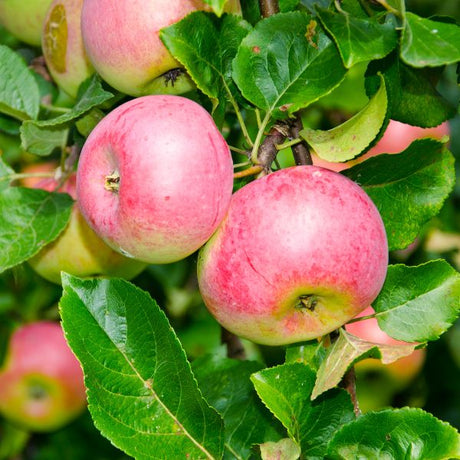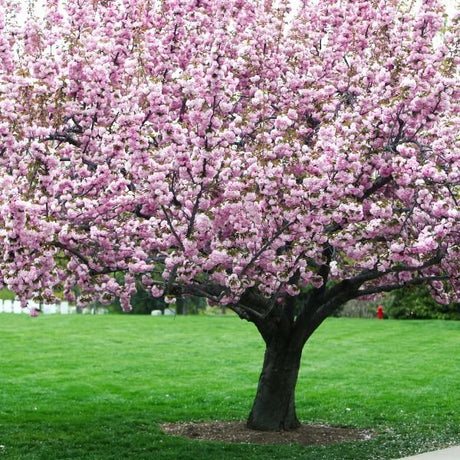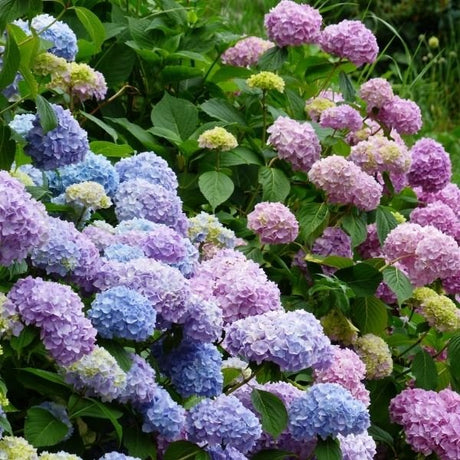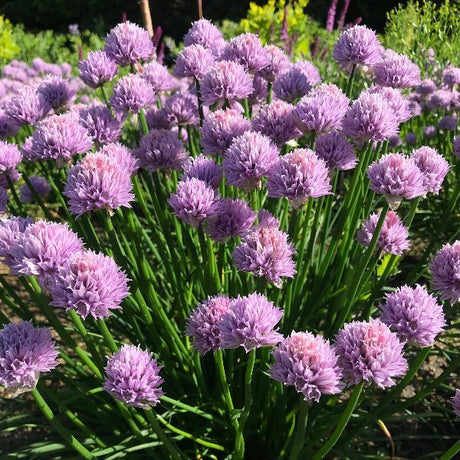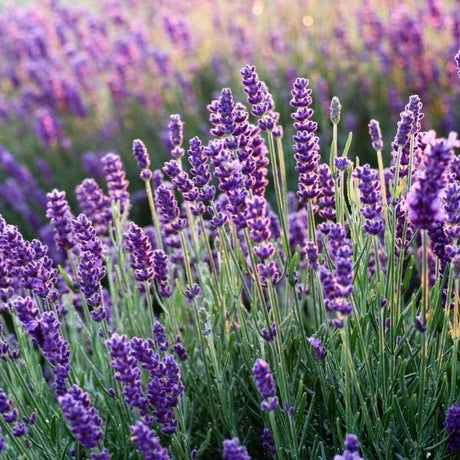Plum Pudding Coral Bells
Heuchera 'Plum Pudding'
- Stay Protected with Plant Sentry ™
Plum Pudding Coral Bells - #1 Container is backordered and will ship as soon as it is back in stock.
Plant Sentry™
Plant Sentry™

Plant Sentry™ Protected
Your order is protected by our compliance system that:
- Prevents restricted plants from shipping to your state
- Ensures plants meet your state's agricultural requirements
- Protects gardens from invasive pests and diseases
Delivery and Shipping
Delivery and Shipping
Delivery and Shipping
Fast, Safe Plant Delivery
Ships in 3-4 business days • Tracking provided • Weather protected
| Under $50 | $9.99 |
| $50 - $99.99 | $14.99 |
| $100 - $149.99 | $16.99 |
| $150+ | $24.99 |
✓ Zone-specific timing • ✓ Professional packaging • ✓ Health guarantee
Understanding Plant Options
Nature Hills offers plants in two main formats:
- Container Plants: Grown in pots with soil, sized by container volume and plant age
- Bare Root Plants: Dormant plants without soil, sized by height measurements
Container Plant Sizes
Container sizes indicate plant age and growing capacity rather than liquid volume equivalents. Our containers follow industry-standard nursery "trade gallon" specifications, which differ from standard liquid gallon measurements.
Young Plants (6 months to 18 months old)
| Container Size | Actual Volume | Metric Equivalent |
|---|---|---|
| 2" x 2" x 3" | 0.18 - 0.21 dry quarts | 0.20 - 0.23 dry liters |
| 4" Container | 0.31 - 0.87 dry quarts | 0.35 - 0.96 dry liters |
| 4.5" Container | 0.65 dry quarts | 0.72 dry liters |
| 6" Container | 1.4 dry quarts | 1.59 dry liters |
| 1 Quart | 1 dry quart | 1.1 dry liters |
| 5.5" Container | 1.89 dry quarts | 2.08 dry liters |
Established Plants (18 months to 2.5 years old)
| Container Size | Actual Volume | Metric Equivalent |
|---|---|---|
| 2 Quart | 2 dry quarts | 2.2 dry liters |
| #1 Container | 2.26 - 3.73 dry quarts | 2.49 - 4.11 dry liters |
| 5" x 5" x 12" | 3.5 - 4.3 dry quarts | 3.85 - 4.74 dry liters |
Mature Plants (2-4 years old)
| Container Size | Actual Volume | Metric Equivalent |
|---|---|---|
| #2 Container | 1.19 - 1.76 dry gallons | 5.24 - 7.75 dry liters |
| #3 Container | 2.15 - 2.76 dry gallons | 8.14 - 12.16 dry liters |
Large Plants (3-5 years old)
| Container Size | Actual Volume | Metric Equivalent |
|---|---|---|
| #5 Container | 2.92 - 4.62 dry gallons | 12.86 - 20.35 dry liters |
| #6 Container | 5.25 - 6.01 dry gallons | 23.12 - 26.42 dry liters |
| #7 Container | 5.98 - 6.53 dry gallons | 26.34 - 28.76 dry liters |
Bare Root Plants
Bare root plants are sold by height from the root system to the top of the plant. Plants may exceed minimum height requirements.
Common Sizes:
- Trees: 1 foot, 2 feet, 3 feet, 4 feet, 5 feet, 6 feet
- Shrubs & Perennials: 1 foot, 18 inches, 2 feet
Important Notes
Container Volume Specifications
- Trade Gallon Standard: Our containers follow industry-standard "trade gallon" specifications established by the American National Standards Institute (ANSI Z60.1) for nursery stock
- Volume Variations: Actual soil volume may vary due to plant root systems and growing medium settlement
- Age Indicators: Container size primarily indicates plant age and maturity rather than liquid volume equivalents
Growing Conditions
- Plant size can vary based on variety and growing conditions
- Container size helps indicate plant maturity and establishment level
- Larger containers generally mean more established root systems and faster landscape establishment
Seasonal Availability
- Bare root plants are available seasonally when dormant
- Container plants are available throughout the growing season
- Specific varieties may have limited availability in certain sizes
Questions?
For questions about specific plant sizes or availability, please contact our plant experts who can help you choose the right size for your landscape needs.
Plant Highlights
Plum Pudding Coral Bells highlights at a glance!
-
Brand
-
Botanical Name
-
Growing Zones4, 5, 6, 7, 8, 9
-
Mature Height
-
Mature Spread
-
Sun ExposureFull Sun
-
Moisture
-
Soil
-
Growth RateMedium
-
Flower Color
-
Pollinator Required
-
Pruning Time
-
Bloom PeriodSummer
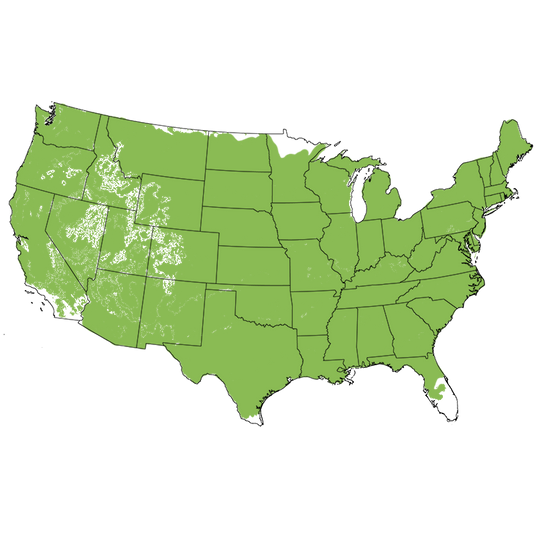
Growing Zones
If you want to define your garden beds and attract butterflies and hummingbirds, add this little gem. With extravagant maple-shaped leaves, Plum Pudding Coral Bells (Heuchera 'Plum Pudding') boasts a shimmering, silvery-purple hue and dark purple veining. Each shallow-lobed, rounded leaf is a botanical masterpiece! These ground-hugging plants are quietly flashy, and they'll fit beautifully in just about any design scheme.
With prominent veins and a silvery-gray overcast, Plum Pudding is nicknamed "Fancy Leaf" Coral Bells. They are a must-have for garden borders that run through sun and partial shade conditions. Be on the lookout in late spring to early summer, as the lofty flower spikes start reaching far above the rounded foliage mound and sport tiny, white, bell-shaped "Fairy Flowers" that Hummingbirds love. The blooms grow in airy panicles on each dark, delicate spike that looks fantastic in bouquets.
It's beautiful from early spring all the way through fall and beyond. In some climates, it even remains evergreen, vibrant, and colorful for plenty of winter interest. The color is never, ever flat. Instead, its foliage changes to silver with a purple tint in winter. During mild winters the foliage will persist if you provide adequate moisture to the soil.
Planting and Application:
This versatile plum purple plant stands alone as a subtle superstar. But it truly shines when used as a partner plant for chartreuse or yellow foliage plants. Of course, you'll want to tuck Plum Puddings into your exterior containers as a spectacular "Filler" to boost the eye appeal of standout "Thrillers." Use this same concept in your garden beds. Allow these lovely semi-evergreen perennials to form low mounds of deliciously dark color touched with a splash of quicksilver. Heuchera adds bold contrast and texture to the perennial garden.
Together, these contrasting colors tell a garden story you'll never grow tired of. Add them to Cottage Gardens and Rock Gardens with a wild rumpus of other flowering perennials. You'll enjoy watching the sweet white flowers flutter and dance a foot above the leaves! This is a plant that captures the imagination of young children. Add a durable groundcover near their play area and you'll enjoy a massed reddish-purple "river" of Plum Pudding.
Create a solid mat by planting 8 inches apart on center. Measure from the center of one to the center of the next. Add these to your Victory Garden as a decorative border. You'll entice helpful Pollinators to come a-calling, and support your harvests! Plum Pudding highlights other plants in a really beautiful way. Cozy it up to your taller perennials, or hide the bare stems of leggy shrubs when planted as a groundcover.
- Impressive, Deeply Veined, Purple Foliage With Silvery Sheen
- Wispy Flower Spikes Rise Up to Two Feet Above the Foliage
- Stays Small and Compact
- Butterflies & Hummingbirds Adore Coral Bells
- Edging, Beds and Borders, Container Gardens & Paths
#ProPlantTips for Care:
Heuchera, also known as Alum Root, tolerates a wide spectrum of sun conditions, including full sun and part shade. If you use these Perennials in full sun, be sure to water well and add a 3-4 inch thick layer of mulch at the root zones. Full shade will limit blooming and wash out the foliage, so is not recommended. They are cold-hardy, drought tolerant, and able to withstand heat and humidity...nothing seems to phase this easy-to-grow plant. But to keep Plum Pudding looking its best, be sure to water more frequently in hot, dry weather, giving the plant about one inch of water per week. Plant them in well-drained soil. Please know that Coral Bells hate wet soil in the winter.
You don't want to bury the crown of the plant too deep. You can plant them "high" with an inch of the root ball showing, then pull mulch up and around the root system. In early spring, carefully hand-rake debris and dried leaves from the mound. Use sharp garden snips to trim any old leaves off. You'll love watching the new growth emerge for a fresh new start to your beautiful growing season!
- Widely Adaptable In Full Sun & Partial Shade
- Moderate Moisture Needs & Well-Drained Soil
- Prune Early Spring
- Easy Care & Drought Tolerant
- Takes Cold, Heat and Humidity
Sultry and scintillating, the Plum Pudding Coral Bells add brilliant and exceptional color to the darkest spot in your garden. You'll love its vigor and low-maintenance nature. Order yours from the experts at Nature Hills this season!
Frequently Asked Questions
How do I prune Coral Bells?
Coral Bells do best when pruned in the early spring. Leaving the foliage intact as an extra blanket for winter protection over the crown. In some climates, Coral Bells can be semi-evergreen, so leaving those colorful leaves up all winter adds winter interest!
Do Coral Bells prefer sun or shade?
Coral Bells need partial sun/shade or full shade in warmer climates. They do best in the morning sun to dry the leaves of dew and afternoon shade to provide relief from the hot summer sun.
Do Coral Bells spread?
Coral Bells can spread into tidy mounds about 2-3 feet in width but do not spread by rhizomes or stolons further than where they're planted.
Where do Coral Bells grow best?
Coral Bells love a shaded site in enriched soil that is well-drained. They appreciate regular moisture and a mulched root zone.
Do Coral Bells attract hummingbirds?
Coral Bells are loved by pollinators and hummingbirds! All walks of beneficial pollinators will show up to sip their nectar.
What pairs with Coral Bells?
These shade-loving perennials pair with lacy Astilbe and Ferns, other coarse foliage plants like Hosta, and the lobed foliage of Columbines! Try pairing with Barrenworts and Bergenia too!
What Shipping Options Do You Offer?
NatureHills.com works closely with our growers and nursery professionals to ensure we ship when it is most appropriate for your area. Our goal is to deliver the hardiest plants by avoiding extreme high and low temperatures. Check out our shipping schedule for more information and to learn our wills and don'ts when it comes to shipping plants. Find your Coral Bells for sale here at NatureHills.com!







